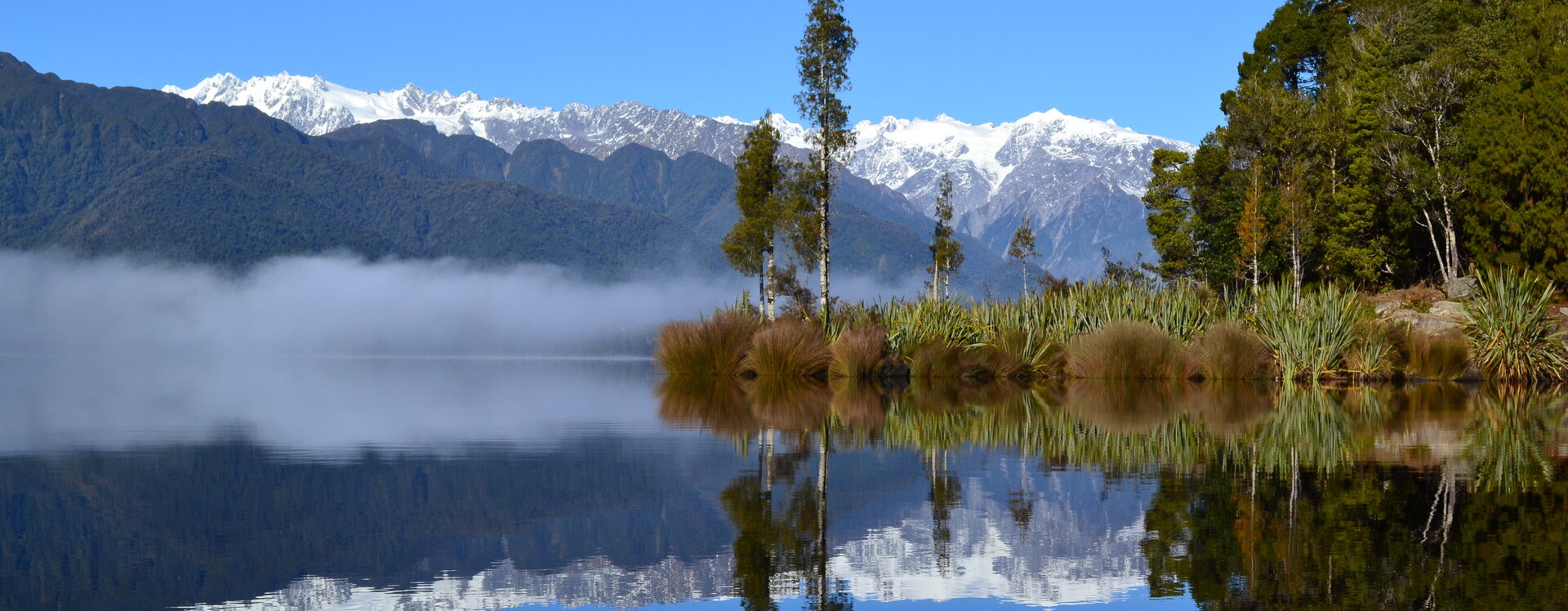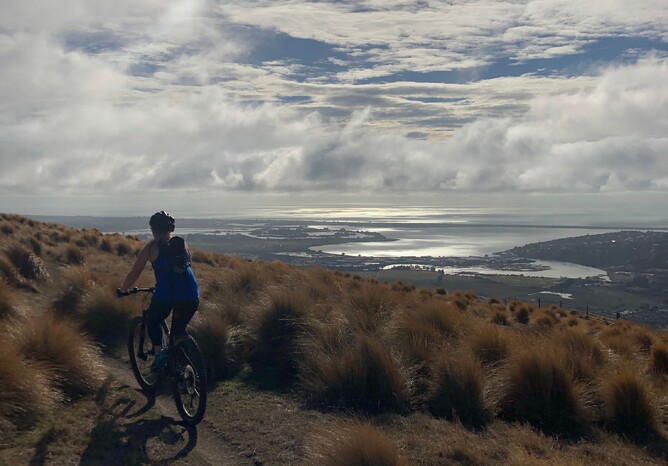Braking is easy, right? You pull the thingy (leaver) and the brakes (callipers with brake pads) clamp on the silver metal bit (rotor) and the bike slows down and eventually comes to a stop. But is it really that simple? Well yes, and no.
Going fast is great fun, but there are some very good reasons to use those brakes and slow down:
- Maintaining control, especially on terrain you are not familiar with or on rougher riding conditions.
- Riding responsibly. Just like driving a car on the road, you won’t be the only person biking on the trails. Be respectful to others and share the enjoyment
- Setting up cornering. The faster you enter the corner the harder it is to successfully complete. By carrying the right speed into a corner, the more speed you will carry through it and the less energy it will take to get back up to speed on exit.
Top braking tips:
- Control your speed to begin with. Don’t ride so fast that you put yourself in a position that requires you to brake harder than you anticipate. The later you brake the harder you will need to in order to control your speed. When you double your speed you quadruple your stopping distance….or you crash.
- Don’t be afraid to get out of the saddle and lean into it. As you brake lean back to counter the braking force. If you need to brake harder, get lower and focus your weight onto the pedals to add traction to the tyres.
- Look further ahead and know your stopping distance. Never look down at your front wheel as you don’t want to look up and be surprised you are about to hit a tree. By looking further ahead you can see hazards and prepare for them.
- Use both your front and rear brakes. Bikes have two wheels and by using both brakes you double your traction on the trail - and your braking power.
- Only use one or two fingers to brake – not all of them. You should be able to use your index finger, or if you need to apply more pressure - add your middle finger. You want most fingers to steer the bike.
- A rolling tire is more effective at slowing down then a skidding one, so don’t brake too hard and lock up the tyres. Ease into it by applying pressure gradually to maintain traction and if the tyres do lock up; ease up on the pressure or add more weight to the tyre to increase traction.
- Don’t ride the brakes. Better to brake a bit harder for shorter periods and then let the bike roll over the terrain.
- Recognise the conditions of the surface you are riding and adjust your braking to compensate. Is the surface wet? Well, that’s going to affect your stopping distance, so brake sooner. Is the surface hard compact with some soft gravel on top and you are more likely to skid out? Or is the trail hard packed and you have great traction? Great - time to let it rip.
- Brake before corners, not when you’re in them - as if you brake when your bike is on a lean you are more likely to slide out.
All this seems like a lot to take in, but you will get used to it in no time, so get on the bike and practice. Try hard breaking on a smooth hard surface vs gravel and see how you and the bike handle it. Always ride in control and within your abilities and maintain a pace that is comfortable for you – not for anyone else. Have fun out there!

